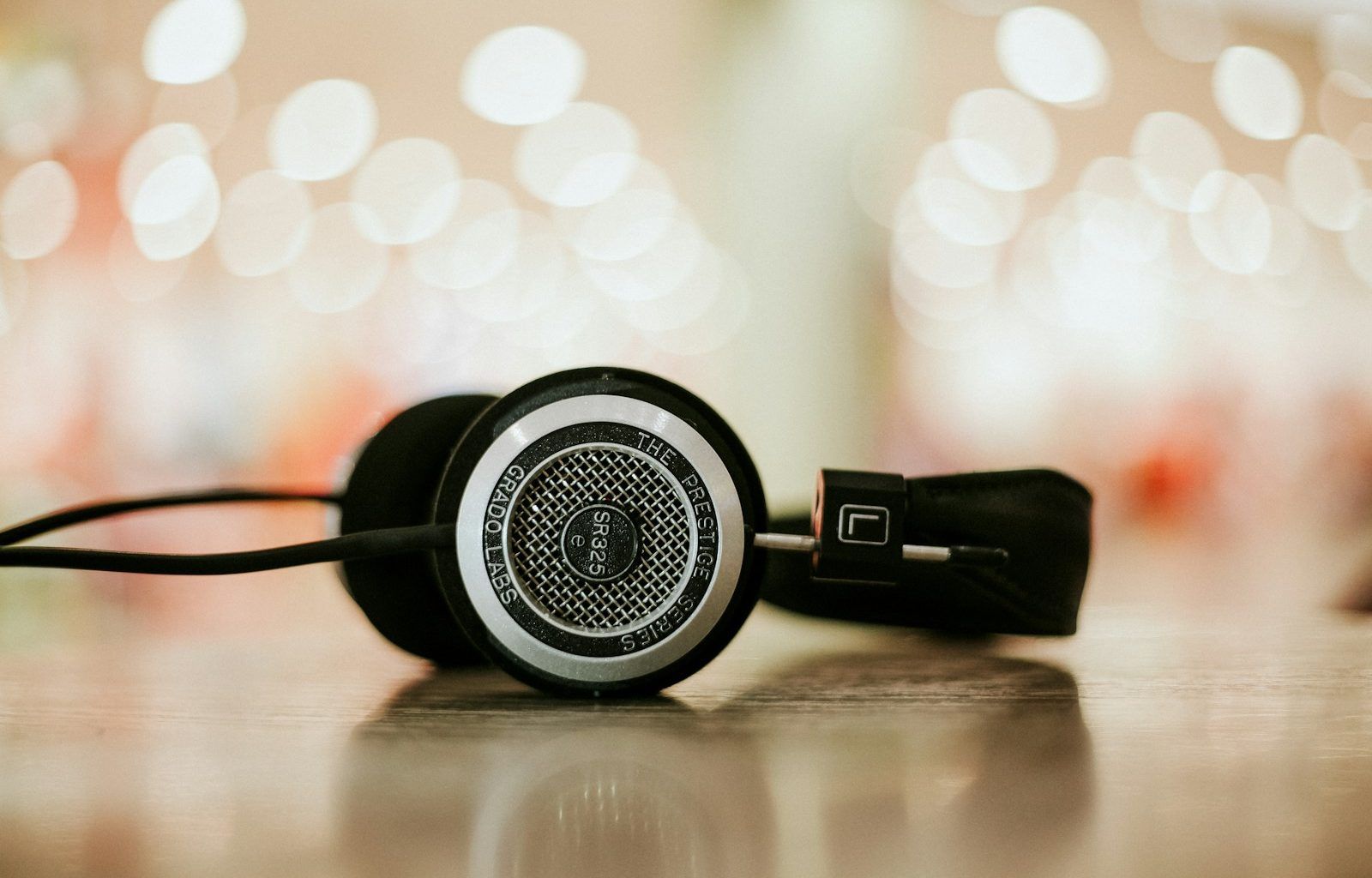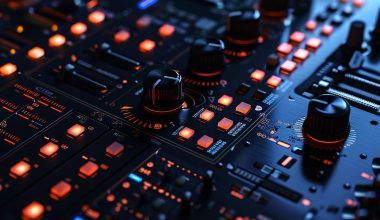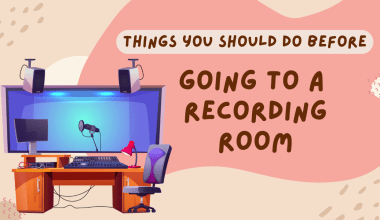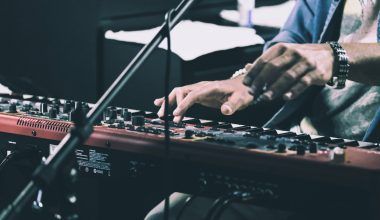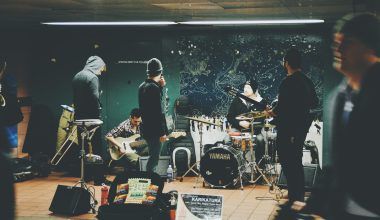Have you ever dreamed of having your own music producing room? A space where creativity flows, and your ideas can come to life without interruptions? Whether you’re just starting out or you’re a seasoned producer, designing the perfect setup can feel overwhelming. But don’t worry—this guide is here to help you turn that dream into reality.
Why Your Music Producing Room Matters
Your music producing room is more than just a workspace; it’s the heart of your creativity. This space should inspire you, support your workflow, and help you achieve the best possible sound quality. The right environment can boost your productivity and make your sessions more enjoyable. So, investing time and effort into setting up your room properly is worth it.
Choosing the Right Location
The first step in creating your music producing room is finding the perfect spot in your home or studio. Ideally, you want a room that’s quiet and free from external noise. Look for a space that’s away from busy streets, loud neighbors, or household distractions. If you have a choice, pick a rectangular room rather than a square one, as it’s better for sound distribution.
Acoustic Treatment: The Foundation of Great Sound
When it comes to music production, sound quality is king. Acoustic treatment is essential for minimizing echoes, reducing unwanted noise, and ensuring your recordings sound professional. Here’s what you’ll need:
- Bass Traps: These go in the corners of your room to absorb low frequencies.
- Acoustic Panels: Place these on the walls to reduce reflections and improve clarity.
- Diffusers: These scatter sound waves to create a balanced listening environment.
If you’re on a budget, DIY options like foam panels or thick curtains can work wonders. Just make sure not to overdo it, as you want a natural sound, not a dead room.
Setting Up Your Workstation
Your workstation is the heart of your music producing room. This includes your desk, chair, computer, and other essential gear. Start with a sturdy desk that has enough space for your monitors, keyboard, and other equipment. Ergonomics matter, too. Choose a comfortable chair that supports long sessions without straining your back.
Your computer is your main tool for music production, so it needs to be reliable and fast. Whether you use a PC or Mac, ensure it has enough processing power, RAM, and storage to handle your projects. Pair it with a digital audio workstation (DAW) like Ableton Live, FL Studio, or Logic Pro to start creating.
The Importance of Studio Monitors
Studio monitors are a must-have for any music producing room. Unlike regular speakers, they provide an accurate representation of your mix. Place them at ear level and form an equilateral triangle with your listening position for the best results. If your budget allows, consider adding a subwoofer to handle low frequencies.
Choosing the Right Audio Interface
An audio interface is the bridge between your instruments and your computer. It converts analog signals into digital ones, allowing you to record vocals, instruments, and other sounds. Look for an interface with multiple inputs and outputs, good preamps, and low latency. Popular options include the Focusrite Scarlett series and the Universal Audio Apollo.
Microphones and Headphones
No music producing room is complete without quality microphones and headphones. A condenser microphone is ideal for capturing vocals and acoustic instruments. For headphones, go for studio-grade models that offer flat frequency responses. Open-back headphones are great for mixing, while closed-back ones are better for recording.
Lighting and Ambience
Lighting plays a huge role in setting the mood of your music producing room. Soft, warm lighting can help you feel relaxed and focused. LED strips or smart lights can add a touch of personality and make your space more inviting. Don’t forget about natural light; it can help reduce eye strain and keep you energized.
Organizing Your Space
A cluttered space can disrupt your creativity, so keep your music producing room organized. Use cable management solutions to keep wires tidy, and invest in storage solutions for your gear. Labeling and categorizing your equipment can save you time and frustration during sessions.
The Role of Inspiration
Your music producing room should reflect your personality and inspire you to create. Decorate the walls with posters of your favorite artists, add plants for a touch of greenery, or display instruments you’ve collected over the years. The goal is to make this space uniquely yours.
Testing Your Setup
Once your music producing room is ready, it’s time to test it out. Play a variety of tracks to see how your room sounds. Make adjustments to your acoustic treatment or monitor placement if needed. The more you fine-tune your setup, the better your productions will sound.
Building on a Budget
Setting up a music producing room doesn’t have to break the bank. Start with the essentials and upgrade as you go. Look for second-hand gear, DIY solutions, and free software to get started. Remember, creativity doesn’t depend on expensive equipment—it’s all about how you use what you have.
Continuous Improvement
Your music producing room is a work in progress. As your skills grow and your needs change, you might want to add new gear or rearrange your setup. Stay open to experimenting and keep learning about music production techniques. Your room should evolve along with you.
Final Thoughts
Creating the ultimate music producing room is a rewarding journey. It’s not just about the equipment; it’s about crafting a space that feels like home and fuels your creativity. Take your time, enjoy the process, and remember that the best productions come from the heart. So, get started today and watch your music dreams come to life.
For further reading, explore these related articles:
- Justin Bieber’s Popular Songs: A Journey of Musical Hits
- Indian Songs on Billboard – A Proud Moment for Indian Music
For additional resources on music marketing and distribution, visit Deliver My Tune.
